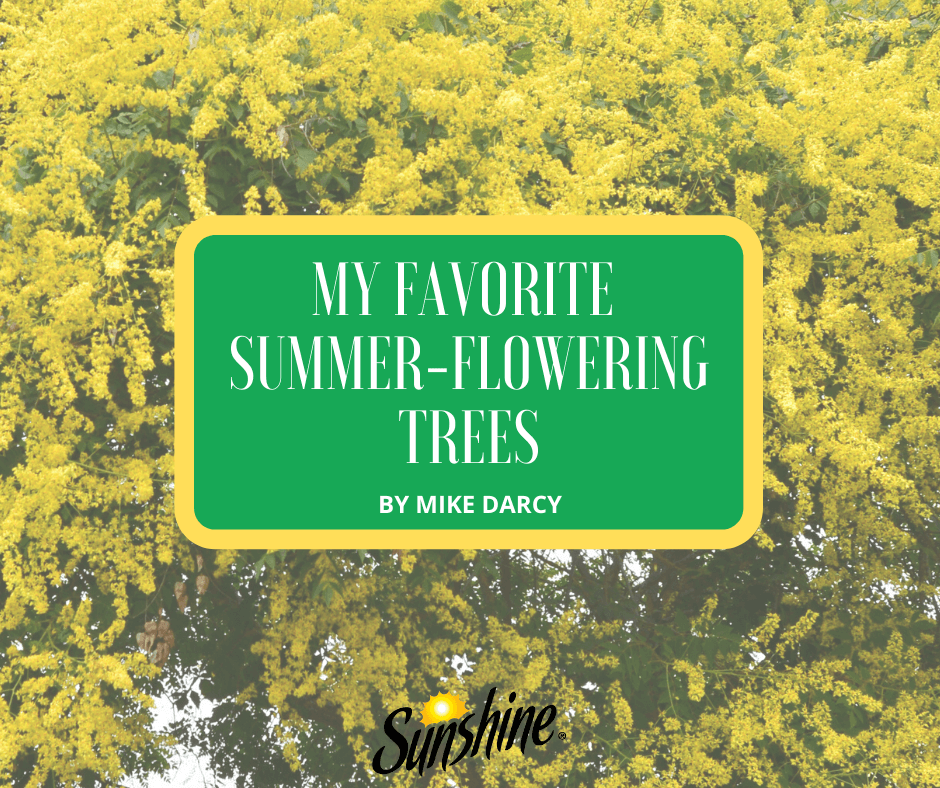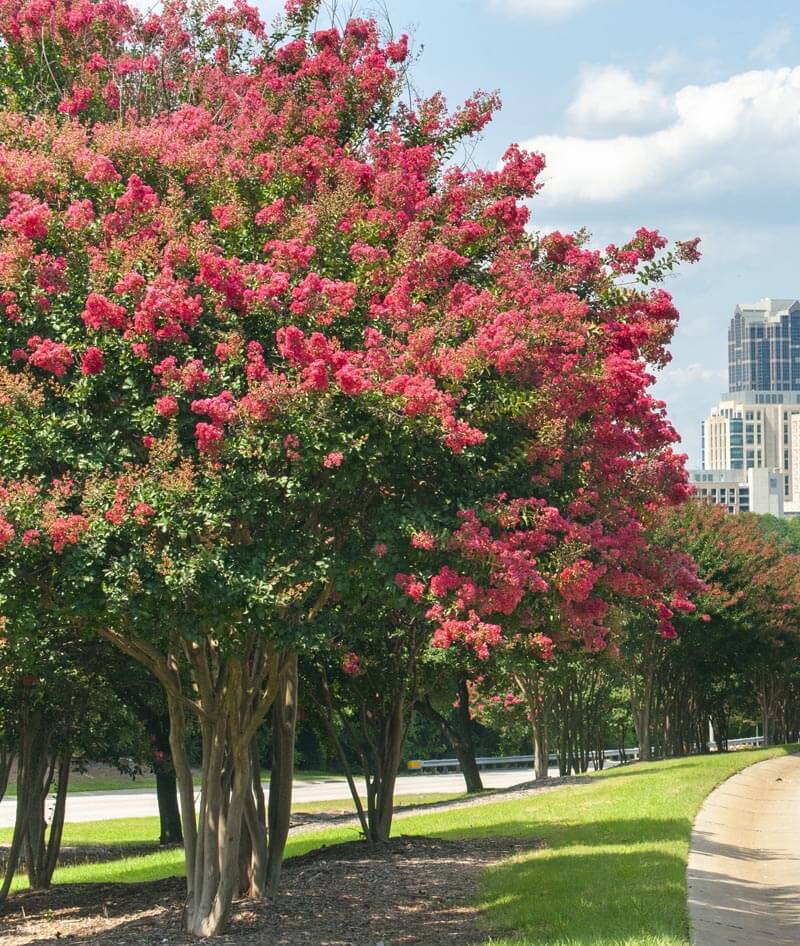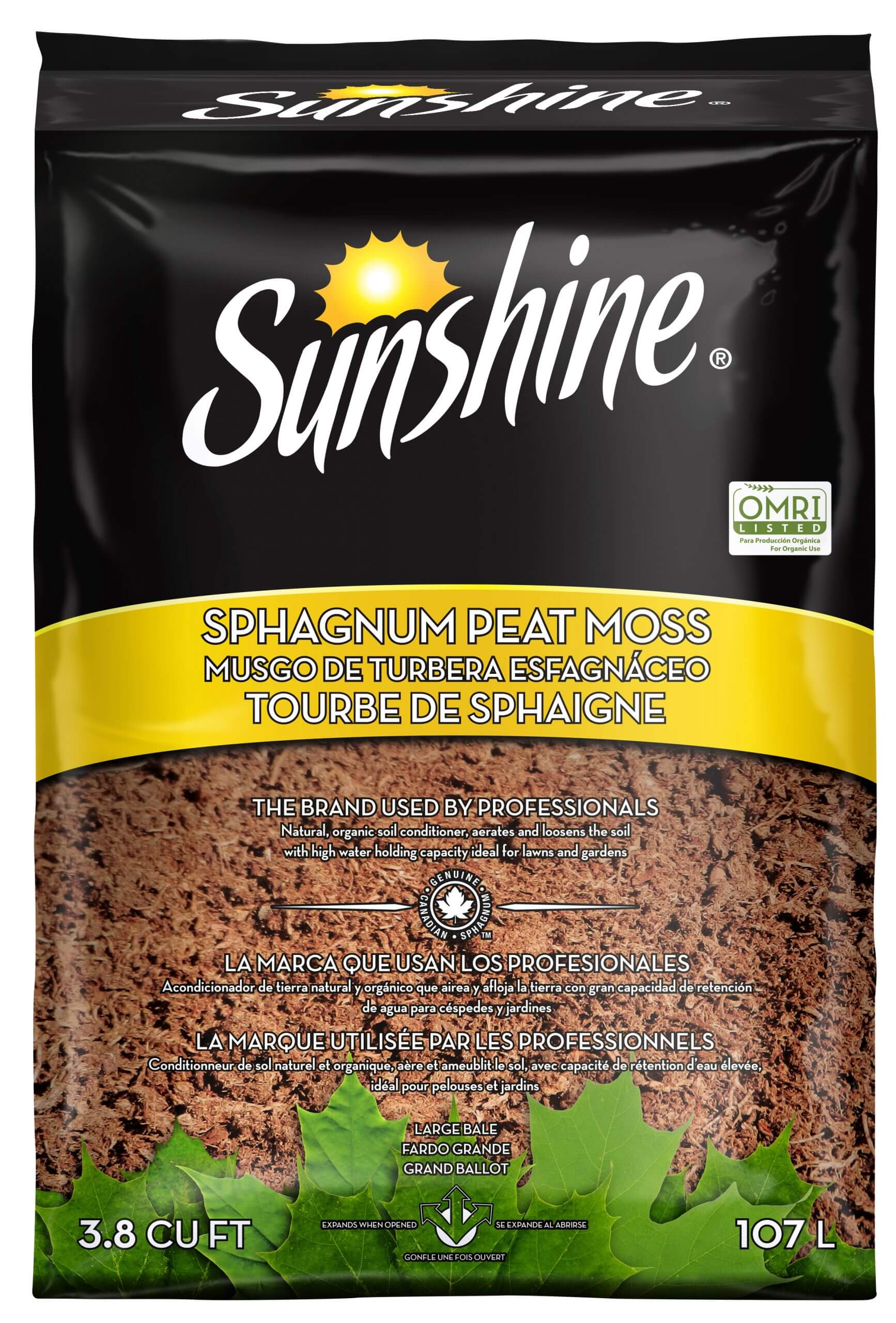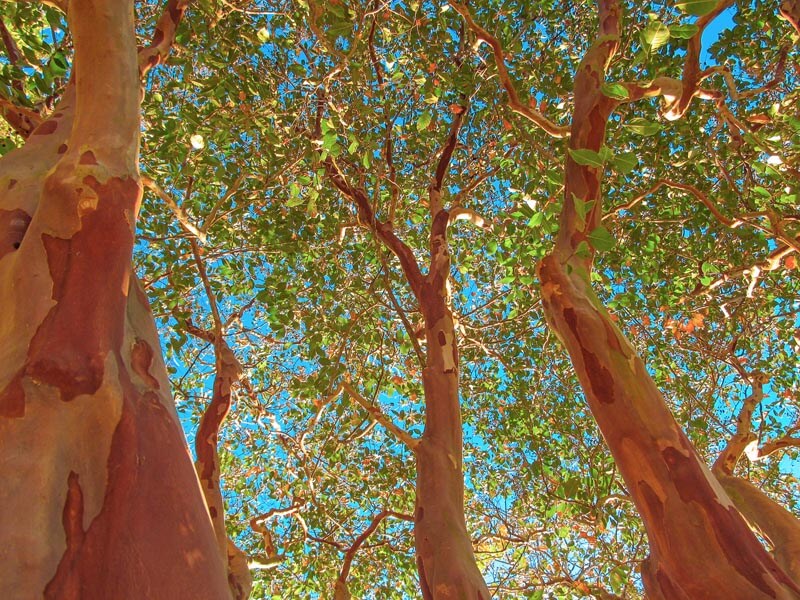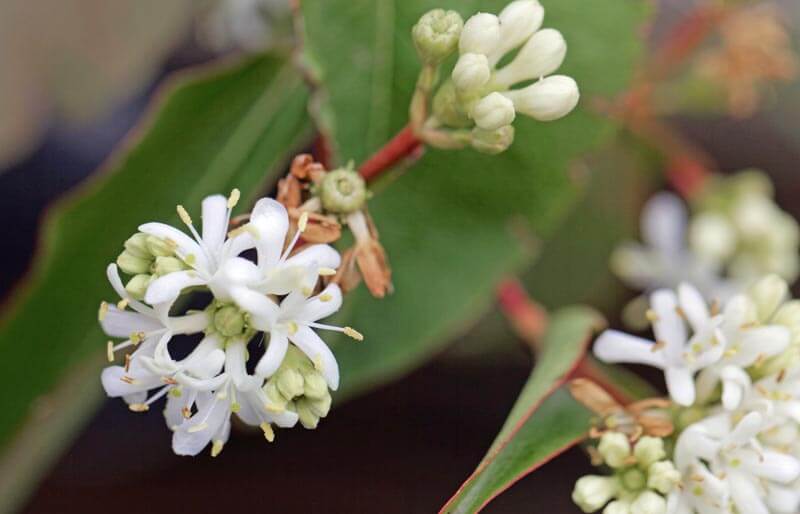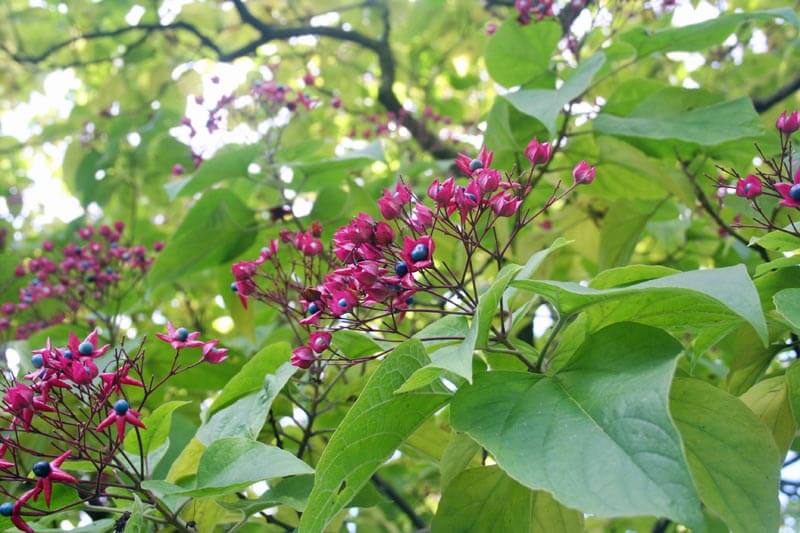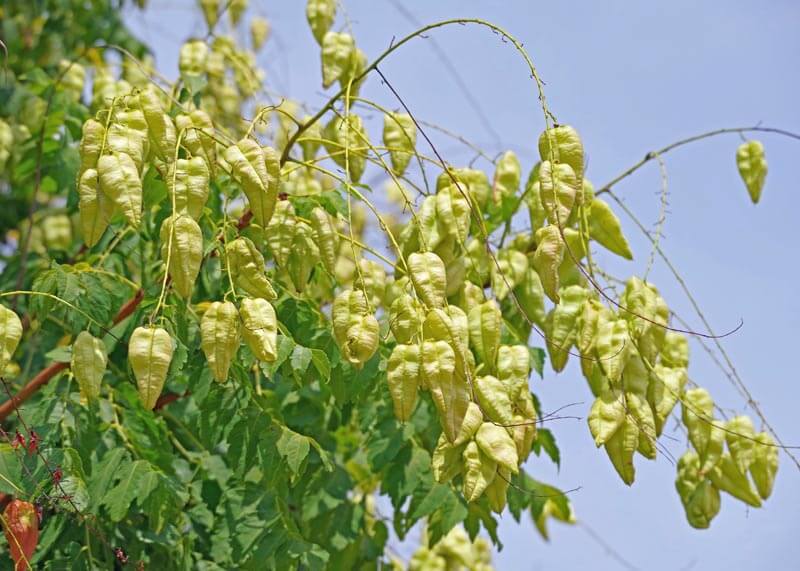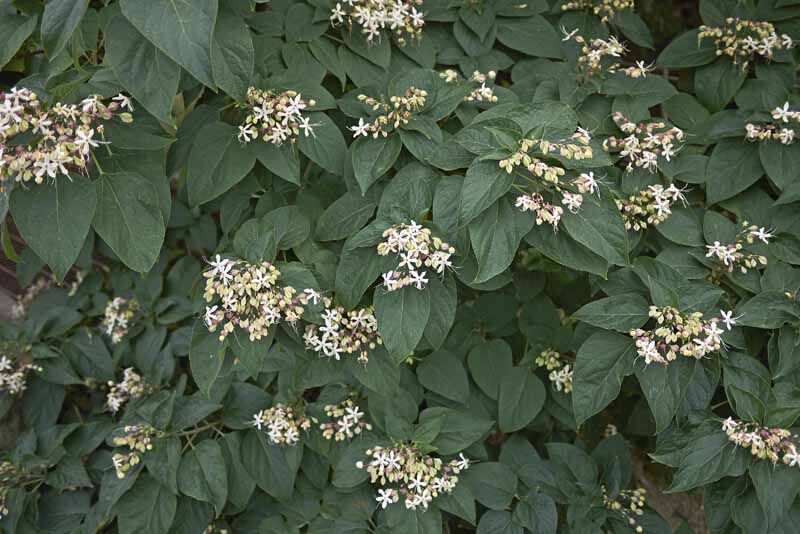
It’s hard for me to list a top 10 list for any category of plants, but here I try. It is a stretch to come up with a definitive list because my favorites vary from season to season and sometimes from day to day. When people ask me what my favorite plant is, my response is likely to begin with the comment “at this moment”, and then continue on with a name. My garden palette of favorite plants has changed greatly over the years and I would expect it to continue to change. If I was asked to do this list in mid-summer, it would probably be different than what it is now.
Either way, this list includes some plants that I believe do especially well in shady summer containers. Others are purely early-season ephemerals that disappear after making a grand show in spring. Some are wonderful shrubs and summer perennials that will make any shade garden shine.
With all the plants mentioned, I have learned that they grow best in conditioned soil that is rich in organic matter. The Sunshine® Canadian Sphagnum Peat Moss helps provide natural organic matter that lasts. For containers, Sunshine® Container Potting Mix is ideal as it too has earthworm castings as well as coir for increased water-holding capacity, which can be very important in the summer.
Also, be aware of different types of shade conditions in your yard before planting a new plant. Perhaps there are tree roots that might rob the soil of precious moisture in the summer, in which case adding a layer of water-holding soil amendment might help.
#1 Hellebores
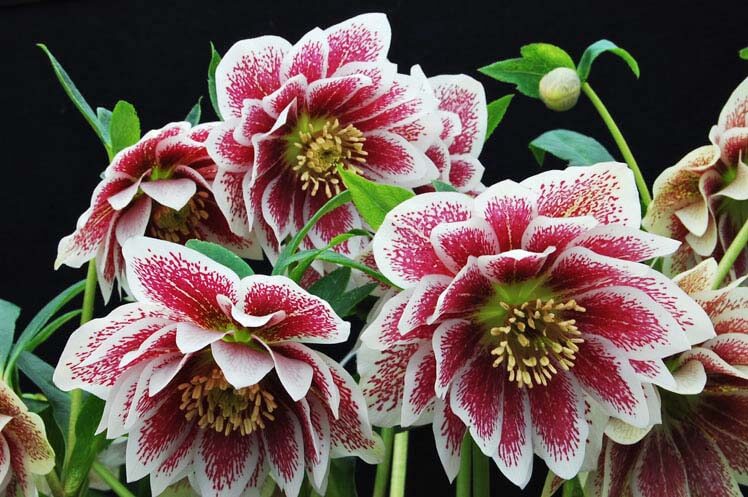
Double Painted Hellebore
These effortless perennials would have to be number one on my list, not only because they tolerate shade, but because they are among the first plants to bloom in late winter/early spring. They are also very easy to care for, their flowers come in a variety of colors, and their evergreen leaves look great all season long. There are many different named cultivars on the market. For me, the variety ‘Jacob’ is a very reliable early bloomer, and ‘Double Painted’ has extraordinary dark red and white color. They are true summer perennials that send up stems of lily-like lavender or white flowers are varying times in the season.
#2 Bleeding Heart
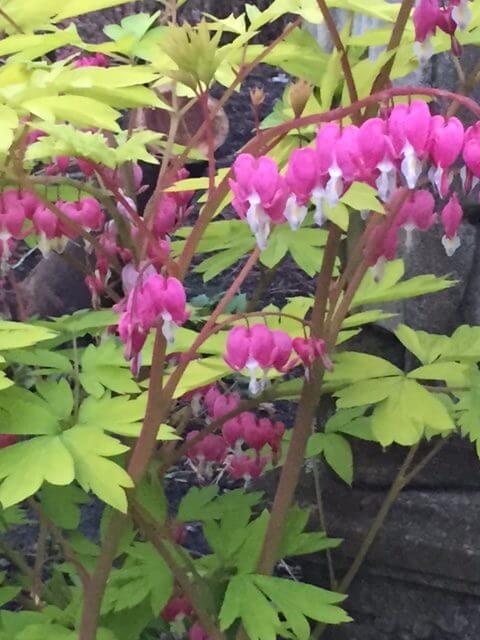
Gold Heart Bleeding Heart
Bleeding heart (Dicentra spectabilis) are elegant spring bloomers in their own right, but the golden-leaved ‘Gold Heart’ is my very favorite. The stunning yellow foliage is outstanding and glows above the sweet, rose-pink, heart-shaped flowers that appear in mid-spring. This herbaceous perennial dies to the ground in the fall and then returns again in spring.
#3 Pacific Trillium
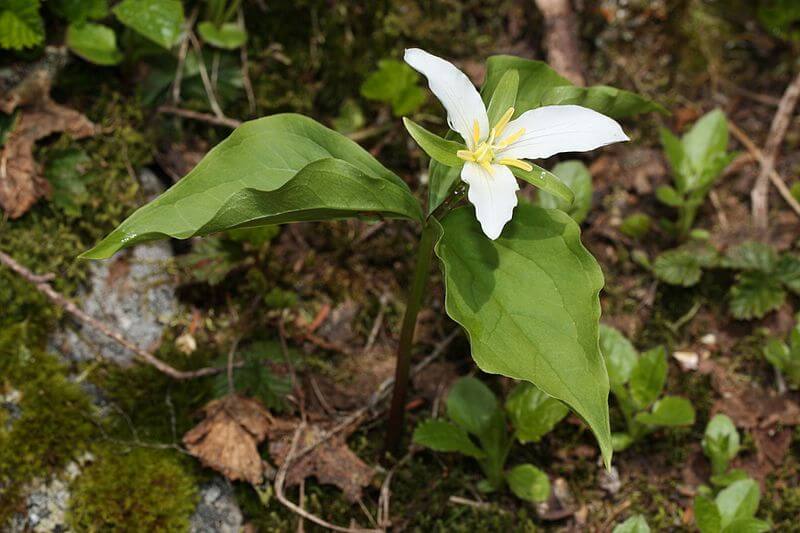
Pacific trillium (image by Wsiegmund)
The white-flowered Pacific trillium (Trillium ovatum) is a western native and a superb woodland plant. The plant appears in early spring and flowers in late March. The stem is topped with a whorl of three leaves and in the center is a stalk of usually white flowers. By summer, the foliage will disappear until the next spring season. Trillium plants do not like to be disturbed so plant them an area where they can be left alone
#4 May Apple
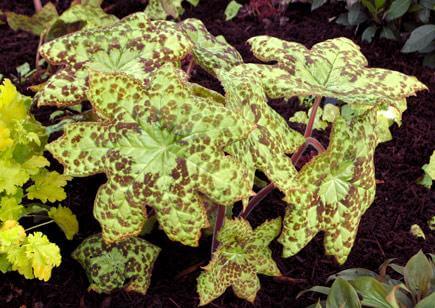
Spotty Dotty May Apple
Another great spring ephemeral that makes a big statement in the early shade garden, the May apple (Podophyllum peltatum) is grown for its unusual parasol-like leaves. The foliage color varies depending on the cultivar, as leaves can be solid green or patterned with shades of brown. The flowers are not readily visible as they appear under the large leaves. The elegant hybrid Podophyllum ‘Spotty Dotty’ has particularly striking foliage of palest greenish yellow spotted with reddish brown.
#5 Elephant Ear
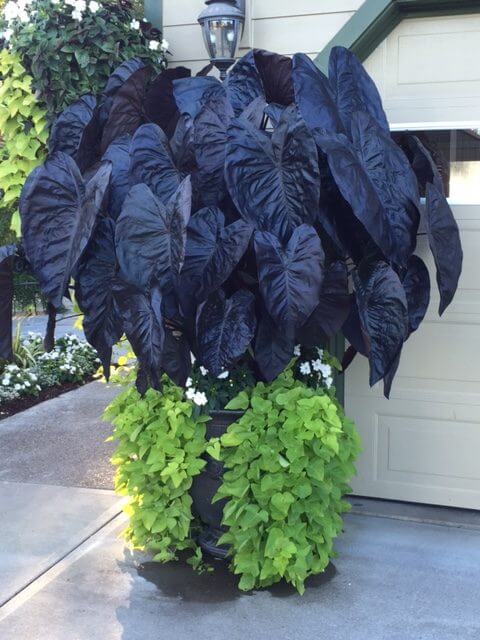 A tender shade plant for summer, elephant ear (Colocasia esculenta) grows well in summer warmth and likes some filtered sunlight. It’s bold leaves look spectacular in large summer container. The plants like a lot of moisture so water regularly for best looks and performance. There are many varieties with large leaves in bright green, yellowish, and dark purple shades. Try the cultivar ‘Black Magic’, which has deepest purple leaves that almost look black. In fall, harvest the bulbs and store them in a cool dry place over winter. Then plant them again the following spring.
A tender shade plant for summer, elephant ear (Colocasia esculenta) grows well in summer warmth and likes some filtered sunlight. It’s bold leaves look spectacular in large summer container. The plants like a lot of moisture so water regularly for best looks and performance. There are many varieties with large leaves in bright green, yellowish, and dark purple shades. Try the cultivar ‘Black Magic’, which has deepest purple leaves that almost look black. In fall, harvest the bulbs and store them in a cool dry place over winter. Then plant them again the following spring.
#6 Caladium
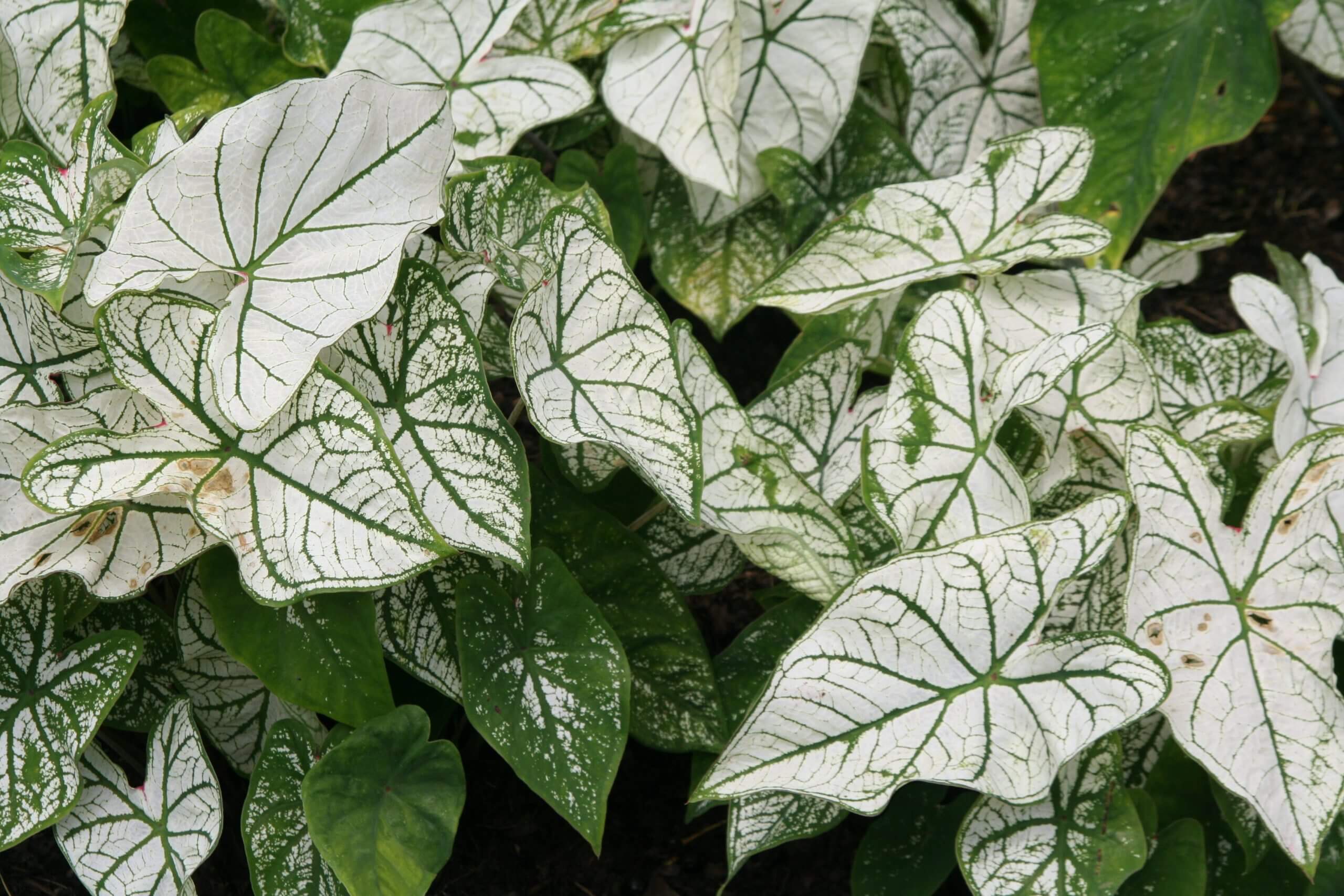
Caladium candidum (Image by Jessie Keith)
Another beautiful shade plant with amazingly colorful foliage is Caladium. This tender summer plant is grown from tubers that are sold at garden centers in the spring. Caladium are grown for their large arrow-shaped leaves which have patterns of green, white, pink and silver. They are excellent plants for a shady location. If given regular moisture in summer, they will provide foliage color where many plants might struggle.
# 7 Hosta
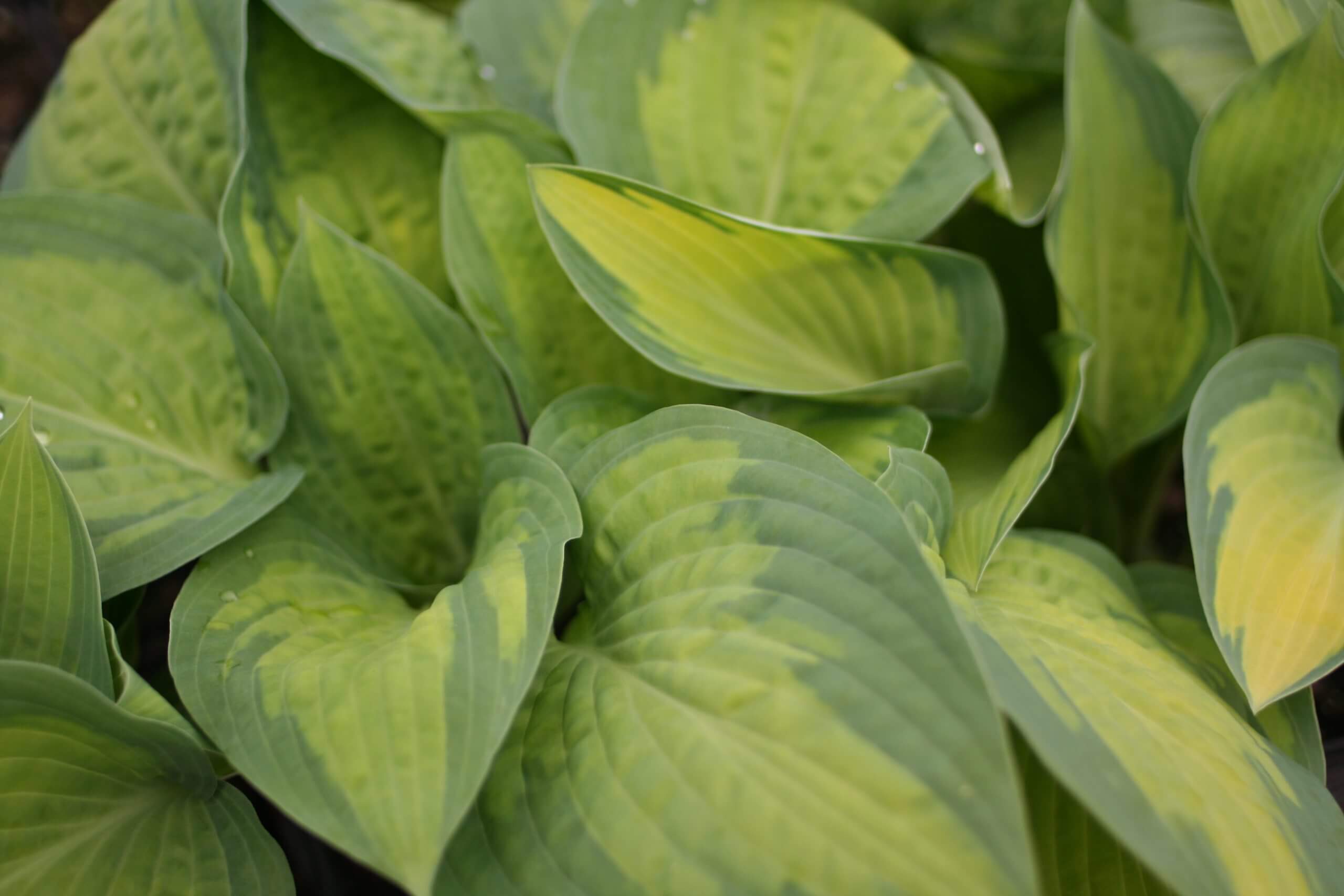
Hosta ‘Paul’s Glory’ (Image by Jessie Keith)
No top 10 shade plant list would be complete without the ever-useful hosta. Hosta is a traditional shade-loving foliage plant that comes in a wide range of sizes and colors. Ideal for creating patterns that weave throughout a flower bed, hostas are lush, diverse, and beautiful. Standard hostas are green but cultivars are hugely diverse with foliage of grayish blue to yellow and variegated bicolors in every shade in between. Some are several feet in height and others may only reach a few inches. All grow best in rich, well-drained soil that offers some moisture on hot summer days.
# 8 Siberian Bugloss
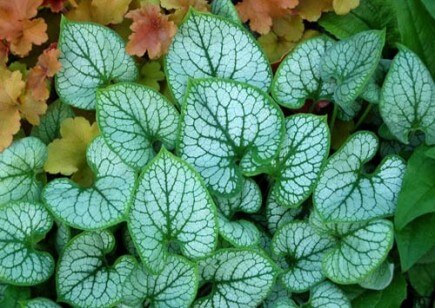
Jack Frost Siberian Bugloss
Another great summer foliage plant for shade is Siberian bugloss (Brunnera macrophylla). Its pretty, heart-shaped leaves add texture to shaded spots and variegated varieties, such as the ‘Jack Frost’, brighten shaded gardens. The leaves of ‘Jack Frost’ are silver, with green veins and a green border. In spring it produces small, delicate stems of violet-blue flowers. Siberian bugloss likes the same growing conditions as hostas.
#9 Oakleaf Hydrangeas
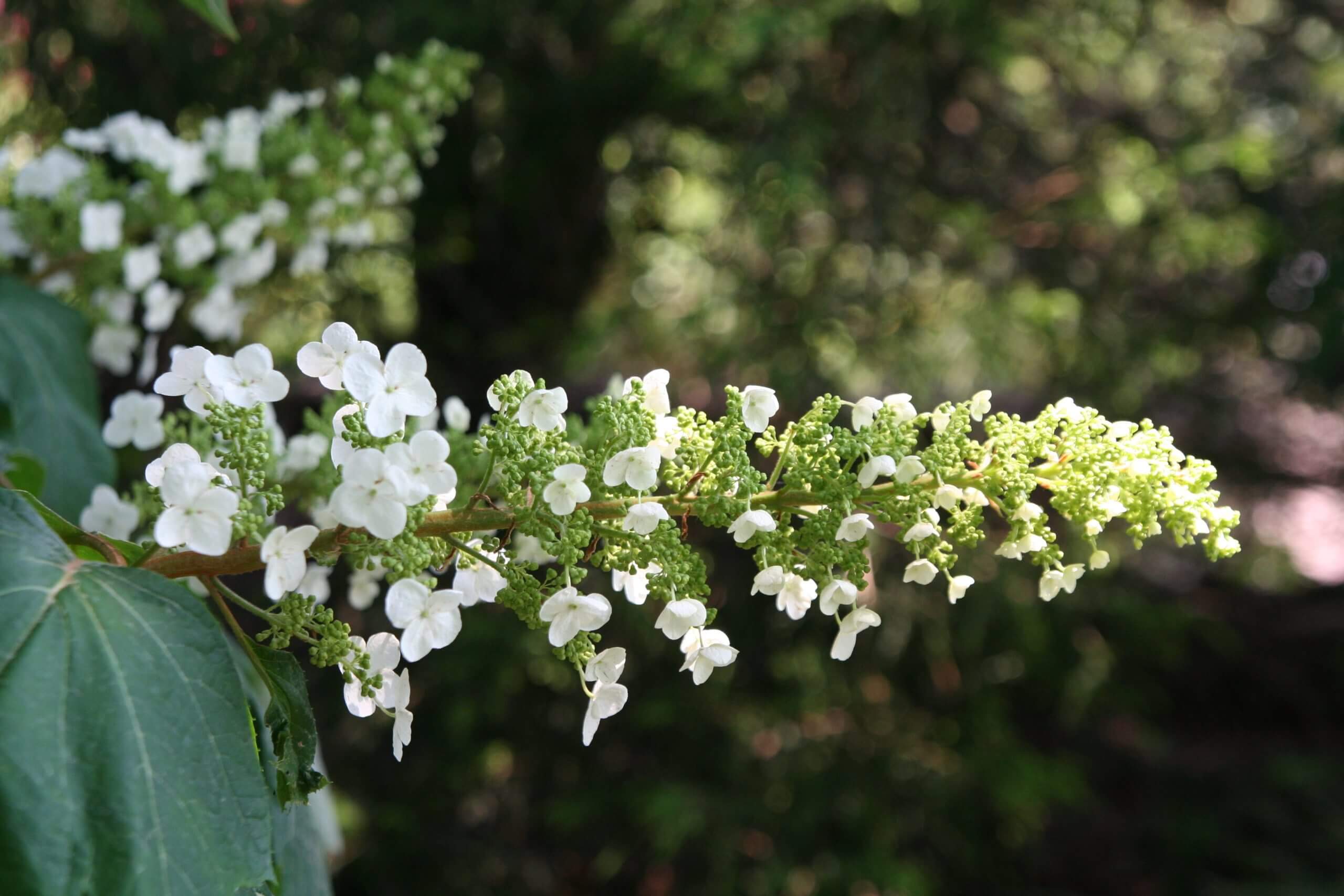
Alice Oakleaf Hydrangea (Image by Jessie Keith)
Few shade-loving shrubs offer the bold good looks of hydrangeas and oakleaf hydrangeas (Hydrangea quercifolia) are offered in a wide variety of pleasing cultivars. All are shade-loving plants even though many will tolerate a fair amount of sun with adequate moisture, a good reason to amend their soil with Black Gold Garden Compost Blend. Check with your local garden center to discover on best varieties for your garden situation.
#10 Primroses
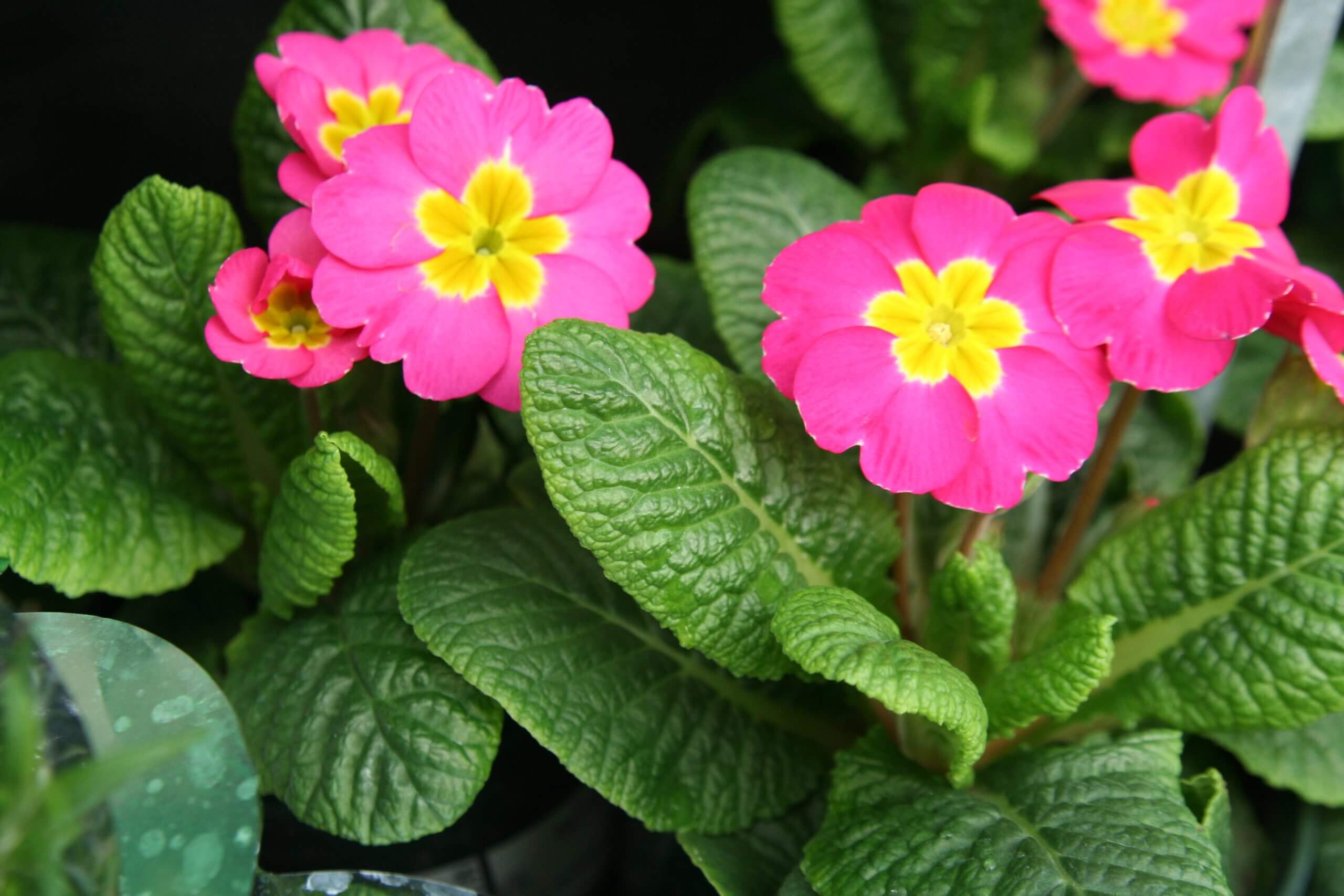
Primrose (Image by Jessie Keith)
For early season color, few flowers are as delightful and diverse as primroses (Primula spp.). Primroses are often one of the first flowers that garden centers will sell in the spring. All tend to flourish in shady gardens in our area, and the low-growing perennials come in many different flower colors.
So there are ten current shade plants on my list, but that list is ever-evolving and will probably change tomorrow. Let is serve as a guide to gardeners wishing to plant reliable shade plants in their gardens. Another tip is to visiting your local garden center to get specific planting advice for your tastes and garden situation.


